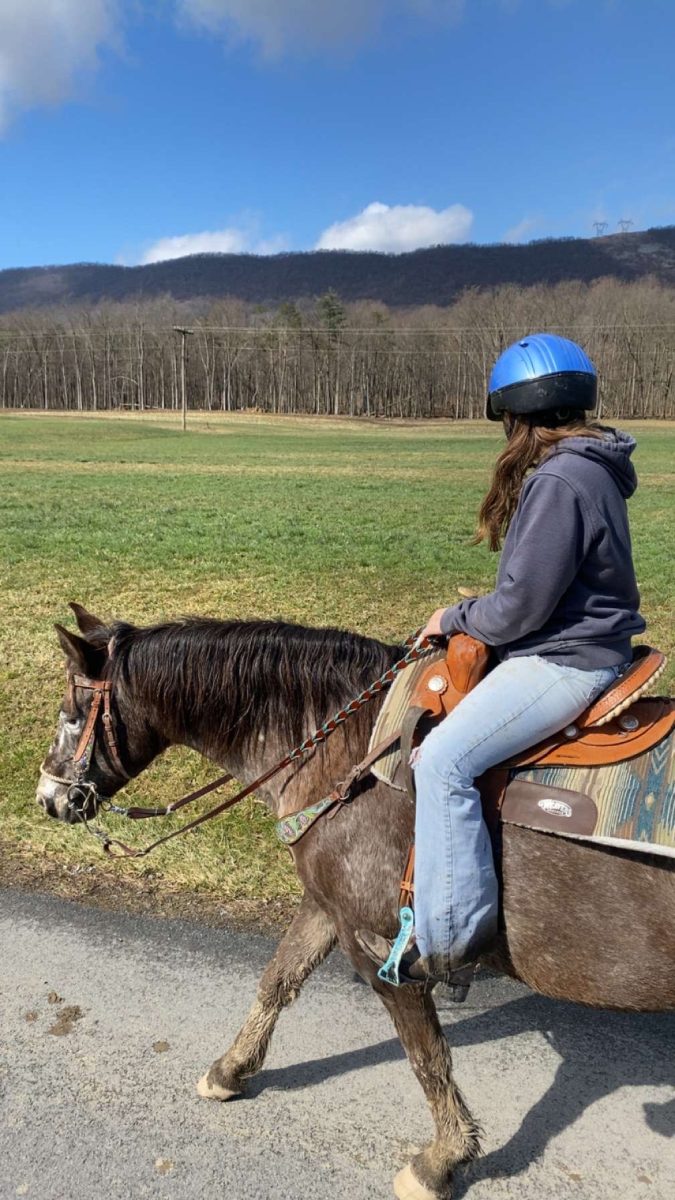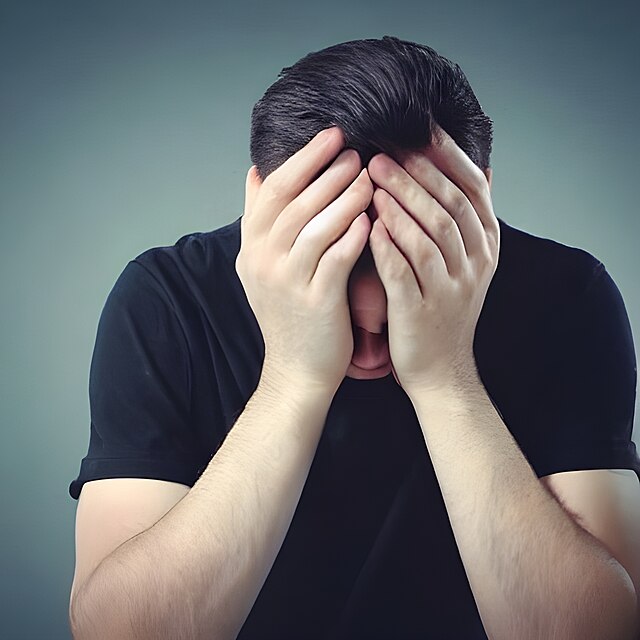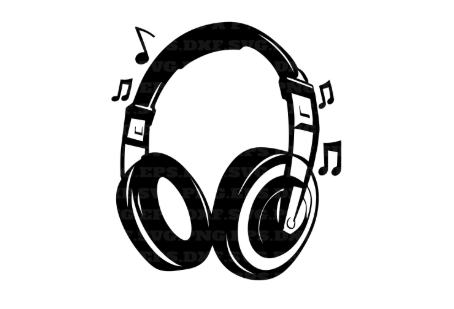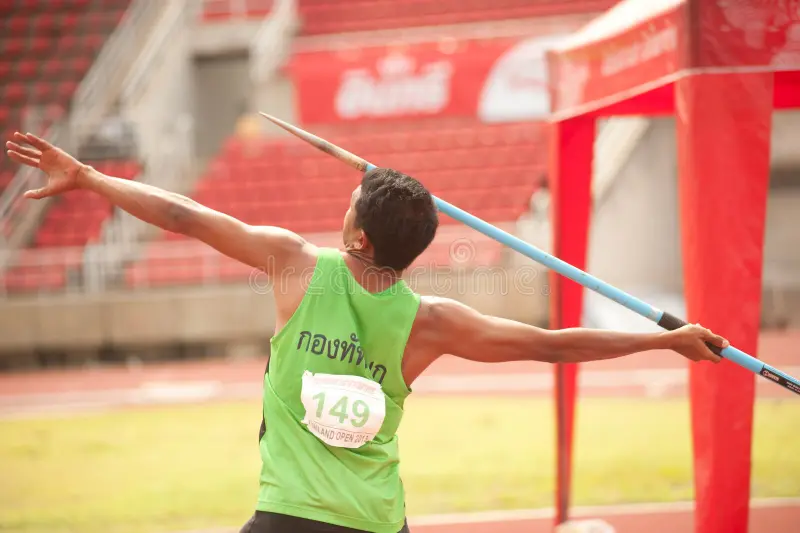A lot of people say they want horses and want to ride until they realize how much hard work and dedication it takes. Your first rides could be rewarding or upsetting, you and your horse are still getting in the swing of things and you need to understand that not everything will be perfect. You will fall off eventually, everyone does whether you just slid off, lose your balance, or your horse does something that makes you fall. Here are some helpful tips that might help you get through it.
Safety first: Always prioritize safety. Wear a helmet every time you ride, and make sure you’re wearing the correct shoes which would be boots. Boots help keep your foot in the stirrup and the heel helps keep the horse moving. Make sure you have the right tack, and that it fits the horse properly.
Find a good trainer: When your just starting to ride you will want someone that is experienced and knows what they are doing to help you. You want someone who is experienced, patient, and who is helpful. They teach you a lot about riding but also the proper care for the horse and tack.
Start with the basics: before you even get on a horse, learn the basics of horse behavior and body language. Understanding how horses communicate and react can help you build a better relationship with your horse. Begin with groundwork to establish trust and respect.
Proper mounting and dismounting: Learn the correct way to mount and dismount your horse to avoid accidents. Always mount from the left, and make sure your horse is standing still and calm before you get on.
Learn to communicate with your horse: Use gentle cues and signals to communicate with your horse. Be consistent with your aids (leg, hand, seat, and voice) and always reward your horse for responding correctly. Patience, a strong partnership.
Balance and posture: Good balance and posture are crucial for effective riding. Keep your back straight, shoulders relaxed, and eyes forward. Your heels should be down, and your weight evenly distributed in the stirrups. Practice maintaining a balanced seat at all gaits.
Take it slow: Don’t rush your horse or yourself into being perfect. It takes a while to get used to doing it and you need to build a relationship with your horse so that you feel comfortable on it. You don’t need to rush into showing or going fast, do whatever you are comfortable doing.
Regular practice: Consistent practice is essential for improvement. Try to ride regularly, but also take time to just bond with your horse through grooming and groundwork. This helps build trust and confidence in both you and your horse.
Stay relaxed and confident: Horses can sense your emotions. If you’re nervous or tense your horse will feed off of that and become nervous as well and that puts you in an unsafe situation. Stay calm, relaxed, and confident, even if things don’t go perfectly. Remember that riding is a learning process for both of you.
Have fun: Having fun is one of the most important things about riding. If you don’t have fun doing it then dont. Its not about mastering skills but also about building a connection with a magnificent animal. Celebrate your progress, no matter how small, and cherish the moments you spend with your horse.








